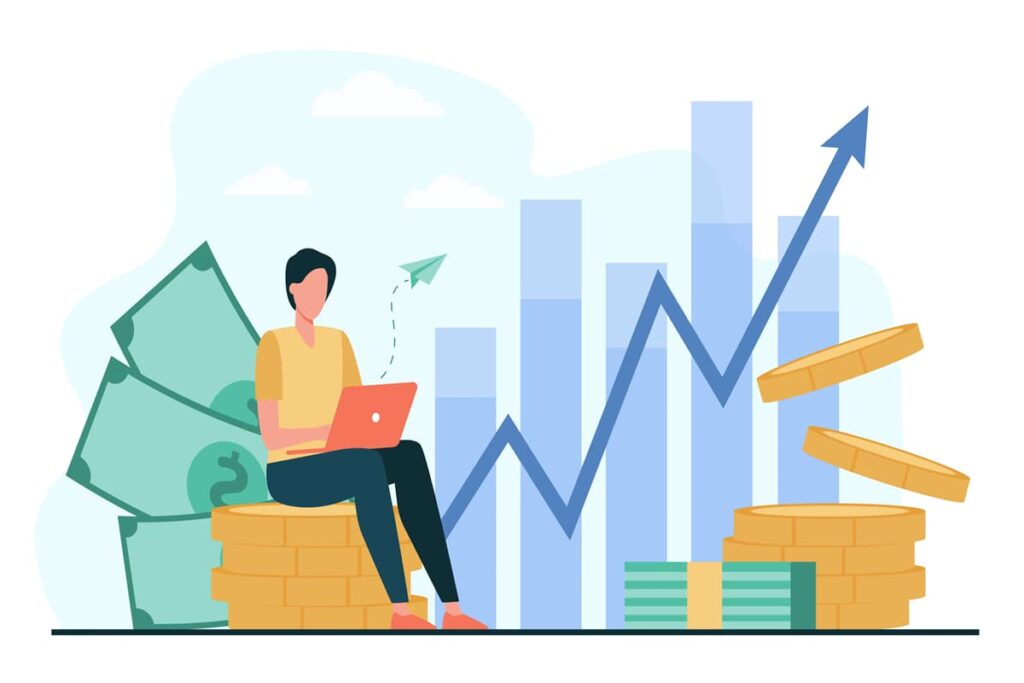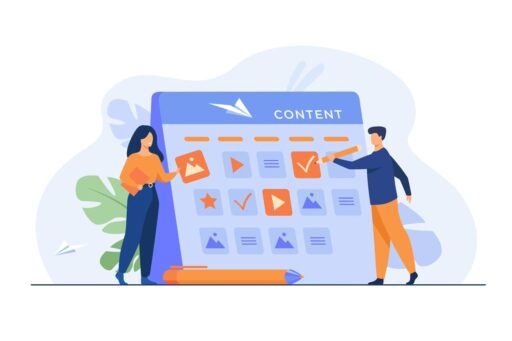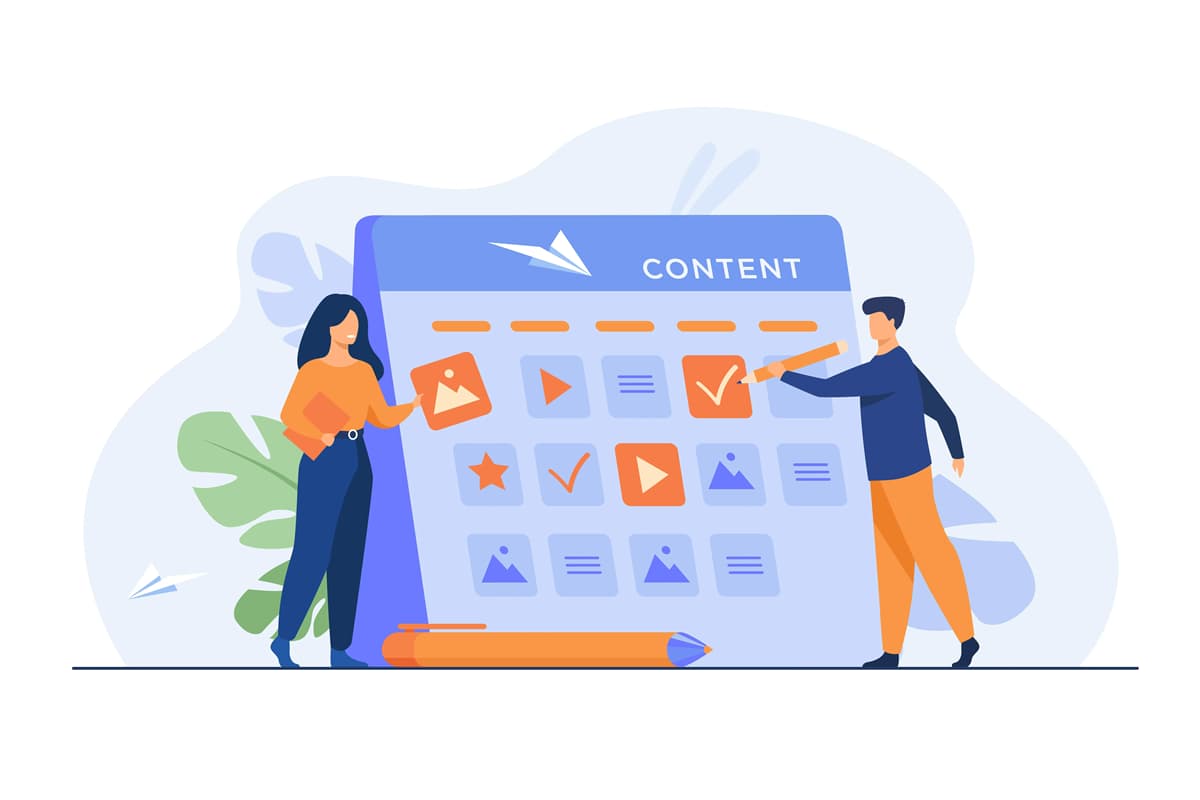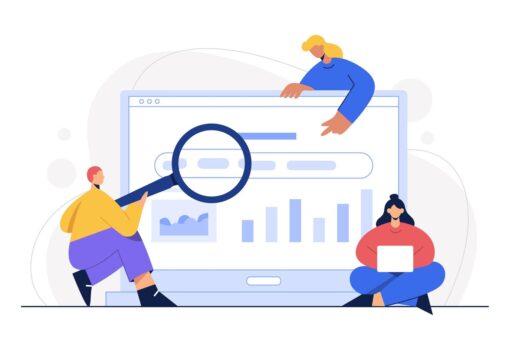SEO, or Search Engine Optimization, is the process of improving your website to increase its visibility in search engine results. When people search for terms related to your business, you want your website to appear near the top of the results. The higher your site ranks, the more likely people are to visit it.
Search engines like Google use complex algorithms to determine which websites show up first in search results. These algorithms consider many factors, including the content on your site, the structure of your website, and the number of other sites that link to yours.
Why is SEO Essential for Discoverability?
SEO is essential because it directly impacts your website’s visibility. Imagine you have a fantastic website with valuable content, but no one can find it because it doesn’t appear in search results. SEO helps ensure your site is visible to the people searching for the products or services you offer.
When your site ranks high in search results, it not only gets more traffic but also builds trust with your audience. People tend to trust websites that appear at the top of search results. This trust can lead to more clicks, more engagement, and ultimately, more conversions.
Key SEO Strategies for Content Discoverability
Keyword Research and Optimization
Keywords are the words and phrases that people type into search engines when looking for information. For example, if you run a bakery, potential customers might search for “best cupcakes in town” or “fresh bread near me.” These phrases are keywords.
To optimize your content for SEO, you need to know which keywords your audience is using. Tools like Google Keyword Planner, Ahrefs, and SEMrush can help you find the best keywords for your business. Once you have a list of keywords, you should use them naturally in your content, including in titles, headings, and throughout the text.
However, avoid “keyword stuffing,” which means overloading your content with keywords in an unnatural way. This practice can harm your SEO because search engines might see it as spammy.
On-Page SEO Techniques

On-page SEO refers to the elements on your website that you can control and optimize. This includes meta tags, titles, descriptions, header tags, and internal links.
- Meta Tags, Titles, and Descriptions: These elements help search engines understand what each page on your site is about. Your meta title should be clear and include your main keyword. The meta description should provide a brief summary of the page, also including the keyword. This helps search engines index your content properly and can improve click-through rates from search results.
- Header Tags and Content Structure: Using header tags (H1, H2, H3, etc.) helps organize your content and makes it easier for both users and search engines to navigate. The H1 tag should be used for your main title, H2 for subheadings, and H3 for smaller sections under those subheadings. This structure makes your content more readable and helps search engines understand the hierarchy of information.
- Internal Linking: Internal links are links that connect one page of your website to another. These links help search engines crawl your site and understand the relationship between different pages. They also keep users on your site longer by guiding them to more relevant content.
Off-Page SEO and Backlinking
Off-page SEO refers to actions taken outside of your website to impact your rankings within search engine results. The most important aspect of off-page SEO is backlinking.
- Backlinks: A backlink is when another website links to yours. Search engines see backlinks as a sign of trust and authority. The more high-quality backlinks you have, the better your site will rank. To get backlinks, you can create valuable content that others want to share, reach out to industry influencers, or write guest posts for other websites.
- Social Signals: Social signals refer to the shares, likes, and comments your content receives on social media. While social signals are not a direct ranking factor, they can influence SEO by increasing visibility and driving traffic to your site. The more people engage with your content on social media, the more likely they are to link to it from their own websites.
Technical SEO Considerations
Technical SEO involves optimizing the backend structure of your website to help search engines crawl and index your site more effectively.
- Website Speed and Mobile-Friendliness: A fast-loading website improves user experience and can positively impact your SEO. Tools like Google PageSpeed Insights can help you identify and fix issues that might be slowing down your site. Additionally, with more people using mobile devices, having a mobile-friendly site is crucial. Google prioritizes mobile-friendly sites in its rankings.
- XML Sitemaps and Robots.txt: An XML sitemap is a file that lists all the pages on your website, helping search engines find and index them. The robots.txt file tells search engines which pages they should or shouldn’t crawl. Properly configuring these files can improve how search engines interact with your site.
- HTTPS and Secure Browsing: Security is an important ranking factor. HTTPS encrypts the data exchanged between your website and its visitors, protecting it from hackers. Google has stated that HTTPS is a ranking signal, so if your site isn’t secure, it could harm your SEO.
Measuring and Improving SEO Performance

Tools for SEO Analytics
To know if your SEO efforts are working, you need to measure your performance. Several tools can help with this.
- Google Analytics: This tool tracks and reports website traffic, showing you where your visitors are coming from, which pages they’re visiting, and how long they stay on your site. You can use this data to understand which parts of your website are performing well and which areas need improvement.
- Google Search Console: Search Console allows you to monitor how your site appears in Google search results. It shows you which queries are driving traffic to your site, the number of clicks and impressions your pages are getting, and any issues Google encounters while crawling your site.
- Third-Party SEO Tools: Tools like Ahrefs, SEMrush, and Moz offer advanced features for tracking rankings, analyzing backlinks, and auditing your site’s SEO. These tools provide valuable insights into your SEO performance and suggest areas for improvement.
Analyzing and Adjusting SEO Strategies
SEO isn’t a one-time task; it’s an ongoing process. Regularly analyzing your SEO performance helps you make informed decisions and adjust your strategies as needed.
- Tracking Rankings and Organic Traffic: Keep an eye on your keyword rankings and the amount of organic traffic your site receives. If you notice a drop in rankings or traffic, investigate the cause and make necessary adjustments.
- A/B Testing and User Feedback: A/B testing involves creating two versions of a webpage to see which performs better. By testing different headlines, layouts, or content strategies, you can optimize your site for better results. User feedback can also provide insights into how visitors interact with your site and what changes might improve their experience.
Conclusion:
To succeed in SEO, it’s crucial to stay updated on the latest trends and algorithm changes, as search engines frequently evolve. Continuous learning through industry resources helps keep your strategies effective. SEO requires ongoing effort, focusing on keyword research, on-page and off-page optimization, and technical improvements. Regularly measuring performance and adjusting strategies ensures long-term success in search engine rankings and sustained online visibility.
For more latest articles about SEO optimization or on web development visit our home page.



